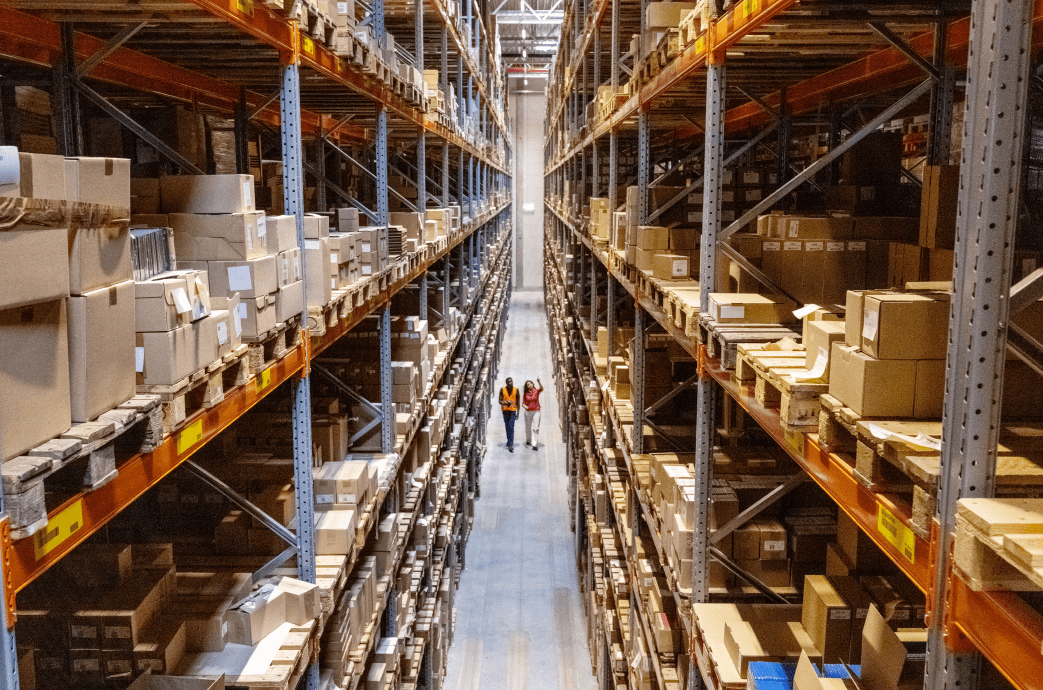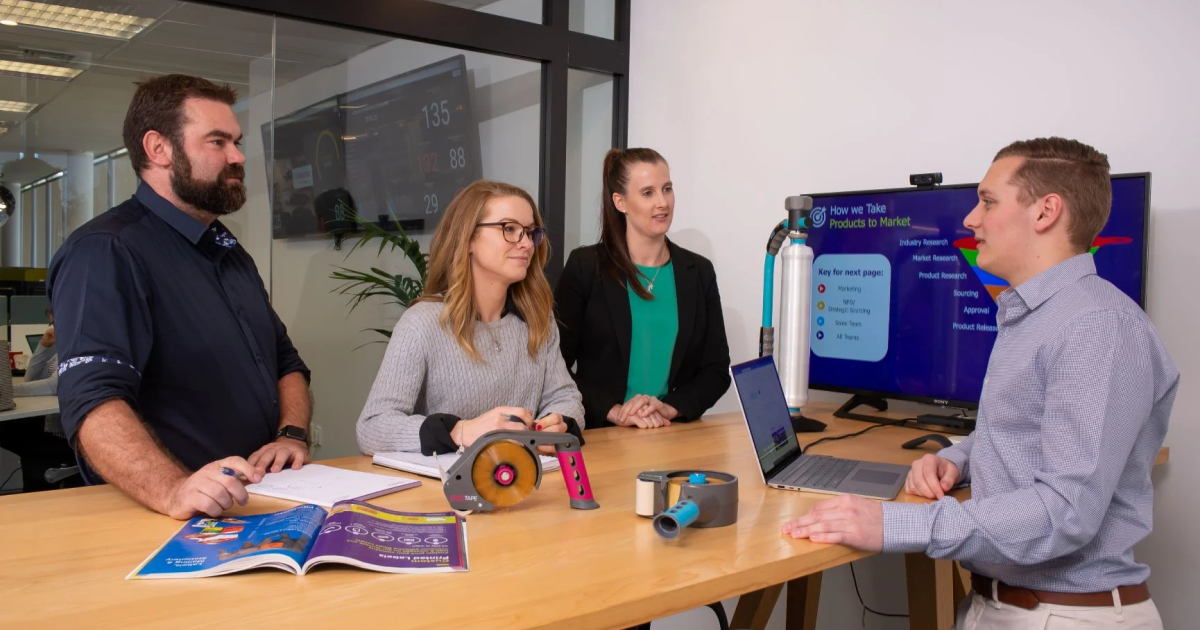
Ensuring you are working in a safe environment benefits everyone - people feel comfortable being at work, tasks flow smoothly, and people can focus on their work without the risk of injury. While employees are obligated to take care in their working environment to reduce health and safety risks, supervisors are responsible for ensuring the appropriate safety measures and training are in place and accessible.
According to Site Safe NZ, there are five steps to risk management in the workplace including:
- Identify hazards
- Assess the level of risk
- Control, eliminate or minimise risk
- Reassess the residual level of risk
- Review your control methods
In this blog we'll discuss some common safety hazards in warehouses, and some simple ways you can minimise them.
*Note: this content is available for educational purposes and to give you a general understanding of NZ health and safety regulations - not to provide specific safety advice. By reading this content you understand that it is not a substitute for competent safety advice from a professional.
Manual Handling
Manual handling is defined by WorkSafe as "any activity requiring a person to interact with their environment and use any part of their muscles or skeletal system to lift, lower, push, pull, carry, throw, move, restrain or hold any animate, or inanimate, object." Injuries from manual handling can result from repetitive motion and lead to chronic injuries, or can be sudden due to poor handling of a particular load.
To avoid injury here, ensure your team is appropriately trained to know their limits and how to handle heavy loads without putting too much pressure on their bodies. It is also important to have the right tools in place to assist your team - e.g. using machinery that can help with heavy loads, ensuring the environment is designed to minimise risk (like placing heavy items on lower shelves, or using labels to identify heavy items), and providing the right safety gear (like non slip gloves and protective shoes) to protect people as much as possible.
Moving objects
Hazards from moving objects can include mobile/lifting plant trucks, forklifts, tools, machine parts, or unsafe or shifting loads. To keep your team safe here, make sure everyone is trained on how to use machinery safely and what needs to be done in the event of an emergency. It is also important to keep up-to-date with any maintenance to ensure everything is working as it should be without posing any risk to your team. A traffic management plan is a helpful tool to ensure people and machinery aren't getting in the way of each other.
Protective clothing like hard hats and high vis jackets are also useful to assist your team with risk management, so they are easily seen and protected in the warehouse. Also consider using signs in higher risk areas, to alert people of the potential risk around them.
Harmful substances
This depends on the products and environment your team works with and in, but it is important to be aware of any potential contact with harmful substances to avoid injury. It is also important to make your team aware of these risks, and have appropriate safety measures in place.
If the harmful substances can't be removed or minimised, the relevant safety gear must be worn to prevent contact. Which safety gear your team uses will depend largely on the type of substance and how much of the substance your team is at risk of coming into contact with. Protective clothing can include anything from full body suits, dusk masks, and eye protection, to chemical resistant gloves and barrier creams. Providing warning signs in areas where there is potential exposure to these substances, will alert your team to the risk and enable them to take the necessary precautions to avoid injury.
This is just a sample of areas you can improve your safety measures in the warehouse. If you'd like more information on the safety performance requirements of your workplace, you can download a comprehensive guide on the WorkSafe website here.
Or for a basic rundown of essential safety clothing for sites and warehouses in NZ, download the infographic here.






.png)

